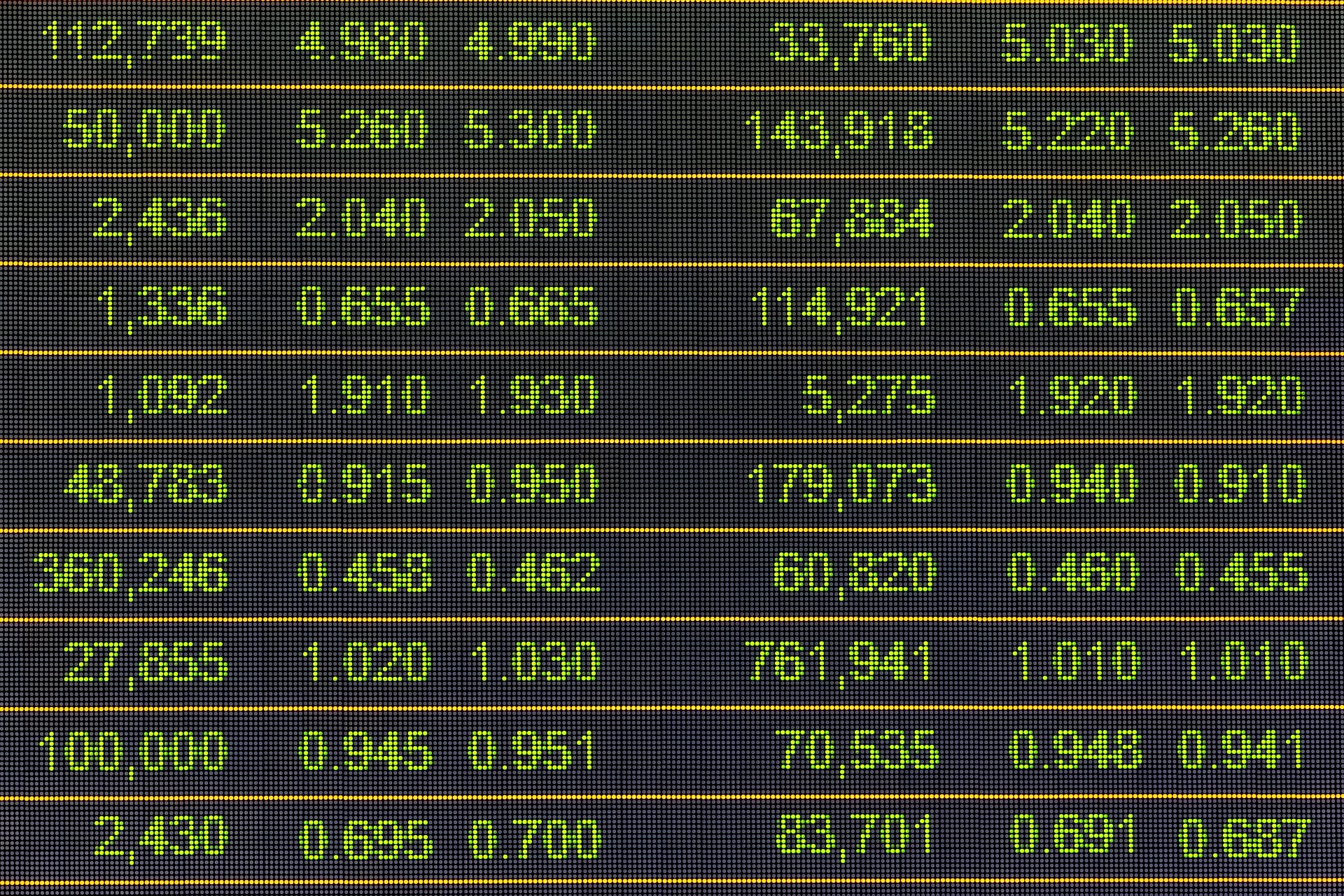Success in the forex market rarely stems from impulsive decisions or haphazard actions. It’s a calculated journey that requires a well-defined roadmap – a forex trading plan. This plan serves as your personal guide, outlining your trading goals, risk management strategies, entry and exit points, and preferred trading methods. This article provides a step-by-step guide on how to develop a comprehensive forex trading plan, empowering you to approach the market with discipline and clarity, ultimately increasing your chances of achieving your financial objectives.
Understanding Forex Trading
Forex trading, short for foreign exchange trading, is the process of buying and selling currencies on the global market. It’s a decentralized market where currencies are traded electronically over-the-counter (OTC), meaning transactions occur directly between parties involved, typically through electronic trading platforms or over the phone.
The forex market operates 24 hours a day, five days a week, across major financial centers worldwide, including London, New York, Tokyo, Zurich, Frankfurt, Hong Kong, Singapore, Paris, and Sydney. Unlike other financial markets, such as stocks or commodities, there is no centralized exchange in forex. Instead, trading occurs electronically over a network of banks, corporations, hedge funds, and individual traders. This decentralized nature contributes to the market’s high liquidity and accessibility, allowing traders to enter and exit positions with ease.
Importance of Having a Trading Plan
Developing a trading plan is a cornerstone of successful forex trading. It serves as a structured framework that guides traders through various market scenarios, ensuring a disciplined and strategic approach. Let’s delve into the key reasons why having a trading plan is paramount:
- Minimizing Emotions
- A trading plan helps in controlling emotions like fear and greed, common pitfalls that often lead to impulsive decision-making.
- By following predetermined rules, traders can avoid emotional reactions to market fluctuations, fostering a more rational and objective mindset.
- Setting Clear Goals
- Establishing specific and achievable trading goals is crucial for long-term success.
- Goals provide direction and motivation, keeping traders focused on what they aim to achieve in the forex market.
- Managing Risk Effectively
- Risk management is an integral part of any trading plan, helping traders protect their capital from substantial losses.
- Defining risk per trade, setting stop-loss levels, and determining position sizes are essential components of effective risk management.
- Ensuring Consistency
- A well-structured plan fosters consistency in trading decisions.
- Consistency is key to refining strategies and adapting to changing market conditions, contributing to overall trading success.
In essence, a trading plan acts as a roadmap, providing clarity and structure in the inherently unpredictable forex market. Traders who recognize the importance of a plan are better equipped to navigate the complexities and uncertainties, increasing their chances of sustainable success.
Key Components of a Forex Trading Plan
Before diving into the intricacies of developing a forex trading plan, let’s first outline the fundamental components that form its backbone. Here’s a concise breakdown:
| Component | Description | Importance |
| Define Your Trading Goals | Establish clear and achievable objectives | Provides direction and motivation |
| Choose Your Trading Style | Determine preferred trading approach | Aligns with individual preferences and strengths |
| Establish Risk Management Strategies | Define measures to protect capital and manage risk | Mitigates potential losses and preserves capital |
Now, let’s delve into each component in detail:
- Define Your Trading Goals
- Setting specific and measurable trading goals is essential for charting a course of action.
- Goals may include profit targets, growth objectives, or performance benchmarks.
- Clarity in goals provides focus and serves as a yardstick for measuring progress.
- Choose Your Trading Style
- Selecting a trading style that suits your personality, lifestyle, and risk tolerance is crucial.
- Common trading styles include day trading, swing trading, and position trading.
- Aligning your trading style with your strengths enhances consistency and effectiveness.
- Establish Risk Management Strategies
- Effective risk management is paramount to long-term success in forex trading.
- Implement measures such as setting stop-loss orders, calculating position sizes based on risk per trade, and diversifying your portfolio.
- Protecting capital and minimizing losses are primary objectives of robust risk management strategies.
By focusing on these key components, traders can lay a solid foundation for their forex trading plan, ensuring clarity of purpose, alignment with personal preferences, and prudent risk management practices.
Creating Your Trading Plan
Creating a robust trading plan involves a thoughtful approach that encompasses market analysis, risk assessment, and strategic decision-making. Here’s a breakdown of the process:
Conducting Market Analysis
Understanding the market is fundamental to making informed trading decisions. This involves:
- Technical Analysis: Examining price charts, trends, and patterns to predict future market movements.
- Fundamental Analysis: Assessing economic indicators, geopolitical events, and other factors influencing currency values.
- Sentiment Analysis: Gauging market sentiment through indicators like the Commitment of Traders (COT) report.
Setting Risk-Reward Ratio and Determining Position Size
Once market analysis is complete, it’s crucial to define risk-reward ratios and determine position sizes:
- Risk-Reward Ratio: Evaluating potential losses against potential gains for each trade.
- Position Size: Calculating the amount of currency to buy or sell based on the level of risk accepted.
Creating a trading plan that incorporates these elements provides a structured approach to entering and exiting trades, enhancing the likelihood of success in the dynamic forex market.
Testing and Refining Your Plan
Testing and refining your trading plan is an essential step in the journey to becoming a successful forex trader. This process involves:
Demo Trading
Before risking real capital, traders can practice executing their trading plan in a simulated environment known as demo trading. This allows them to:
- Test their strategies in real-time market conditions without financial risk.
- Identify strengths and weaknesses in their plan and make necessary adjustments.
Backtesting
Backtesting involves applying the trading plan to historical market data to assess its performance. This helps traders:
- Evaluate the effectiveness of their strategy over various market conditions.
- Identify patterns or trends that may influence future trades.
- Refine the plan based on historical performance data.
By rigorously testing and refining their trading plan, traders can gain confidence in their strategy and improve its effectiveness over time. This iterative process is essential for long-term success in the forex market.
Implementing Your Forex Trading Plan
Implementing your forex trading plan requires discipline, consistency, and a proactive approach. Once you have developed a solid plan, it’s time to put it into action.
Executing your plan with discipline means adhering to your predetermined rules and strategies, even when faced with market fluctuations or emotional impulses. This may involve setting strict entry and exit criteria, sticking to risk management guidelines, and resisting the temptation to deviate from your plan based on short-term market movements.
Consistency is key to success in forex trading. By consistently following your trading plan over time, you can build a track record of performance and refine your strategies based on real-world results. This consistency also helps to instill confidence in your approach and enables you to stay focused on your long-term goals amidst the inevitable ups and downs of the market.

